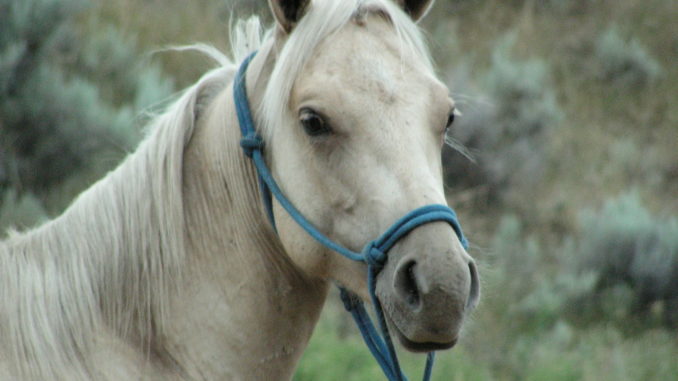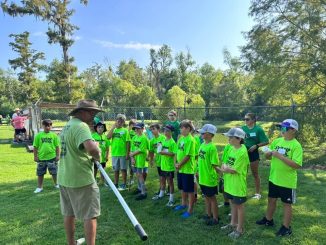
23 horses contract deadly virus
As of Aug. 20, 23 horses in St. Charles and surrounding parishes have been infected with Eastern Equine Encephalitis (EEE), according to reports received by state veterinarian Dr. Henry Moreau. This total is more than the entire state saw in 2006.
The virus causes severe disease in horses, puppies, and birds such as pheasants, quails, and ostriches.
In humans, flu-like symptoms develop 4-10 days after the bite of an infected mosquito. Usually, human illnesses are preceded by those in horses.
“No cases of human infection have been reported to the Hospital,” says Pam Norfleet of St. Charles Parish Hospital.
“We have stepped up mosquito spraying,” said Steve Sirmon Jr., parish public information officer. Sirmon said they have not received any reports of human encephalitis.
-There is no cure for Eastern equine encephalitis and 90 percent of horses that get the disease die from it.
“We’ve had five cases in St. Charles, eight in Terrebonne, and 10 in Lafourche,” said Moreau. “These numbers are greatly underreported,” he said, cautioning that actual numbers are probably higher.
Moreau called the three parishes a pocket where encephalitis occurence is unusually high, probably due to the high amount of rainfall the area received over the summer. August and September are peak months for the disease, he added.
State-wide, the total number of equine encephalitis cases reported so far this year has been 111, compared to 20 cases at the same time last year.
Infected horses become depressed and uncoordinated, develop a sleepy appearance, walk in circles and eventually collapse to the ground and die.
Although the mortality rate is very high with EEE, it is also very preventable through vaccination if done in time.
Because this virus is a danger to people, reporting cases in horses helps public health officials know the virus is circulating so they can inform the public of the danger and make recommendations to mosquito control officers.
Horse owners are urged to consult a veterinarian if their horses are displaying any symptoms of this disease or have died suddenly so the true extent of this disease can be determined.
What happens when humans are infected?
Many persons infected with EEEV have no apparent illness. In those persons who do develop illness, symptoms range from mild flu-like illness to EEE (inflammation of the brain), coma and death.
The mortality rate from EEE is approximately one-third, making it one of the most deadly mosquito-borne diseases in the United States.
There is no specific treatment for EEE; optimal medical care includes hospitalization and supportive care (for example, expert nursing care, respiratory support, prevention of secondary bacterial infections, and physical therapy, depending on the situation).
Approximately half of those persons who survive EEE will have mild to severe permanent neurologic damage.
EEEV transmission is most common in and around freshwater hardwood swamps in the Atlantic and Gulf Coast states and the Great Lakes region.
Human cases occur relatively infrequently, largely because the primary transmission cycle takes place in and around swampy areas where human populations tend to be limited.
RISK GROUPS: Who is at risk for developing EEE?
Residents of and visitors to endemic areas (areas with an established presence of the virus.
People who engage in outdoor work and recreational activities in endemic areas.
Persons over age 50 and younger than age 15 seem to be at greatest risk for developing severe EEE when infected with the virus.
PREVENTION: How can people avoid EEEV infection?
A vaccine is available to protect equines.
People should avoid mosquito bites by employing personal and household protection measures, such as using an EPA-registered repellent according to manufacturers’ instructions, wearing protective clothing, avoiding outdoor activity when mosquitoes are active (some encephalitis-carrying mosquitoes are aggressive day-biters), and removing standing water that can provide mosquito breeding sites.




Be the first to comment